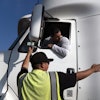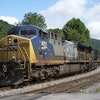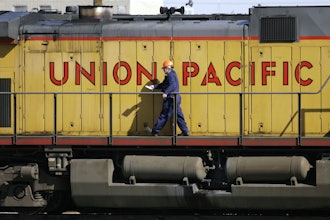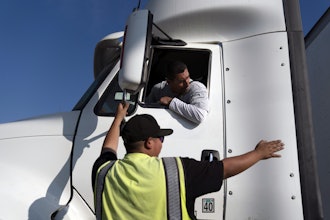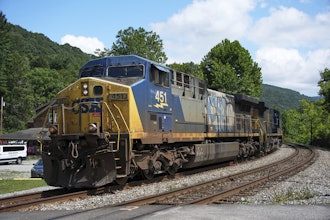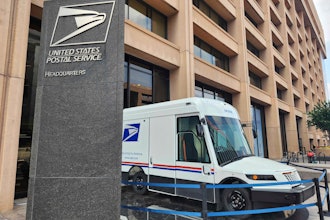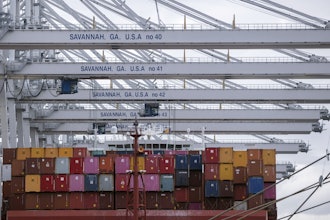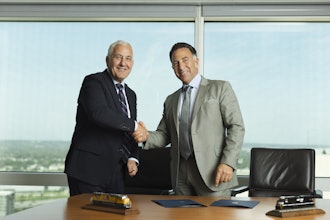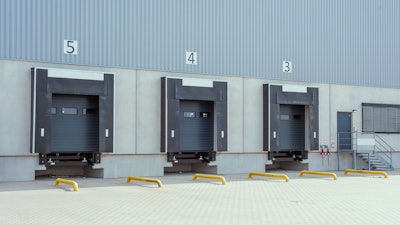
In my 15 years in the facilities management industry, I’ve seen far too many glaring problems that most people notice, but aren’t quite sure how to tackle. The solutions do require investment, but not addressing them can require even more in the end: lawsuits, employee safety and valuable time. Ultimately, safety will keep you in business.
It’s no secret that loading docks are challenged with more safety hazards than nearly any other part of a facility. According to OSHA, 25% of all warehouse accidents occur at the loading dock, and for every injury, there are 600 near-misses. But despite this knowledge and the serious safety issues that loading docks present, many businesses are still struggling to sufficiently address challenges.
Pulling from my years of experience supporting loading dock security and reliability for some of the nation’s largest facilities, these are the most common mistakes I see, and my tips for how they can be avoided.
1. Not using restraints, or not using them to their full capability
Restraints grab the back end of a truck and hold it in the dock position. When used properly, the driver can’t accidentally drive away, and there’s no chance of a forklift being left on the truck. More accidents happen in this situation than anywhere else, but danger is easily avoided by adding restraints and training your employees on full, proper and consistent use.
2. Skipping dock levelers
The safety mechanisms involved with dock levelers were invented solely for this purpose, but many times they are overlooked. It’s important to remember that your dock leveler will not engage with a truck unless the restraint is locked into the truck. Specifically in the cold storage industry, improper dock leveler use creates more opportunities for energy to leak out and pests to potentially get in. Creating a sequence of safety, related to the dock position and ensuring this process is followed consistently, can reduce the risk of injury and financial losses from lawsuits.
3. Too many boots on the ground
This topic is particularly buzzed about these days. In most facilities, when a trailer backs into a dock someone has to go outside to open the trailer doors. This puts your people in the way of truck and forklift traffic, and many drivers aren’t prepared to look out for people walking in the yard. Utilizing a vertical storing leveler mounted inside the building allows the truck to back in completely without someone opening the doors in an unsafe position. The fewer boots on the ground, the less likely you are to experience injuries.
4. Aging equipment
Companies only get so much capital each year, and this often leads facility managers to purchase the cheapest option that will get you through another year or two but isn’t always the safest option. My recommendation is to invest that money wisely in hydraulic levelers so there’s nothing to work around under the dock leveler. If you have to work around springs, hinges, airbags, and other moving parts, you’re increasing the number of pinch points, likelihood of injuries, and risk of fatalities to your people. Installing better equipment may have more cost up-front, but it will last longer and reduce the need for replacements.
5. Poor use of space
Most facilities have dock doors positioned everywhere, with older technology that hasn’t been updated. To make these facilities safer, more efficient, longer-lasting, and more appealing to customers, consider the best use of your space. Moving to vertically positioned dock levelers will create a safe, efficient, cleaner environment.
I recognize that everything here has a cost associated with improvement. You might not have the resources to make all these changes at once, but I’d argue that you also don’t have the capability to handle a costly lawsuit.
Remember, there are always financing options available to help make these investments and improvements possible without having to immediately tap into capital. You might also consider finding an expert partner or vendor that has deep experience in this sector — they might be able to point you in the right direction and support your decision-making as you prioritize operational changes to make now versus later. Explore the different options that will work best for your facility, and remember — at the end of the day, it will always be safety that keeps you in business.
Wes Ledford is national account manager at Miner, the docks and doors special division of OnPoint Group.


